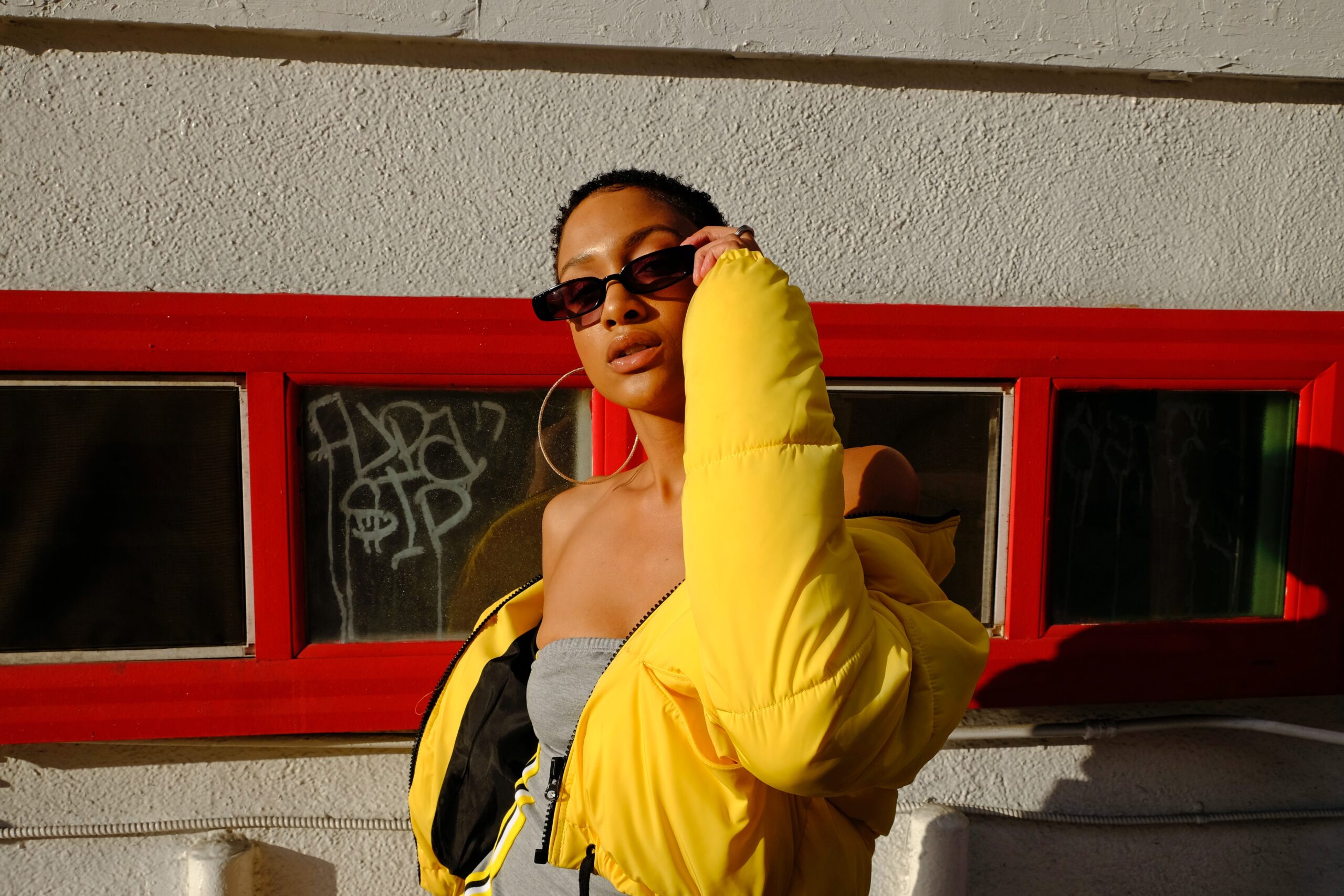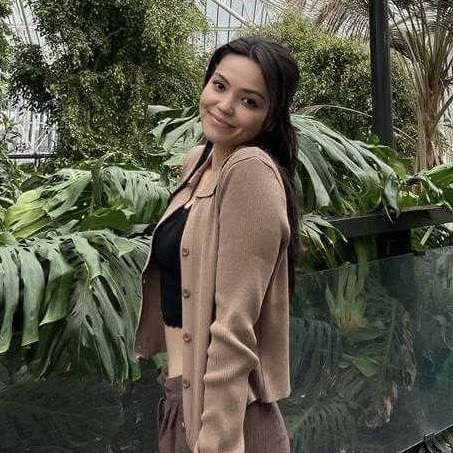It will be difficult to achieve marketing success in a cookie-free and privacy-first era.
The soaring prices of sponsored advertising as a result of iOS privacy, the demise of third-party cookies, and other developments in the privacy world have resulted in yet another surge in influencer marketing.
Creating a promotion concept and identifying qualified influencers is a necessity for each successful social media campaign. However, there is one additional stage that has a greater impact on total campaign performance and ROI that is sometimes missed.
I’m talking about monitoring the ROI of your influencer marketing campaigns.
Over the last five years we, at Monumental, have worked with thousands of influencers across every category with tens of clients across the world. This has enabled us to construct a unique suite of technologies operating in tandem to correctly report on the performance of influencer engagements.
The design and structure of the campaign, messaging, and talent involved all have a role in whether or not the campaign achieves its aim.
Table of Contents
How to measure influencer marketing campaigns?
Now this all depends on your campaign goals and what part of the marketing funnel your goals and campaign attribute to. Let’s take a look at each stage of the funnel and the metrics you should be measuring:
Brand awareness
This is where Influencers will utilise a number of social networks to market your product or service to new consumers within your target audience.
The key criteria for measuring awareness include:
The number of assets generated / Activity: The total activity is the number of posts shared throughout a campaign or the number of posts shared with a given hashtag.
Reach/Impressions/Views: At this point, focusing on an influencer’s reach and impressions is an important indicator of brand exposure and awareness.
Consideration
This phase will use influencer content to create relationships with individuals of the audience who have previously connected with the business.
Important metrics to consider:
Engagement rate: Follower responses, comments, and shares show how effectively influencer material is engaging with your target audience.
Engagement: The number of comments and shares all of the posts in a campaign receive equals a campaign’s engagement.
Top-performing posts: Posts signal how well your influencer campaigns are being consumed by your audience. It can also indicate which types of content are most effective for moving buyers through your marketing funnel.
Conversion
This is where we urge engaged users to take a specific action, generally, an e-commerce sale Influencer-generated conversions are less expensive per acquisition, and ongoing influencer interaction can increase lifetime value.
Key metrics to measure for conversions:
Link clicks:
If the campaign is aimed at increasing conversions, you might ask the influencer to lead customers to your website. Then you can quickly check how much traffic is coming from a social media mention or your channel (in case of placements where a link cannot be used). You may track your own follower/engagement rates and how they relate to ROI.
An excellent idea is to create your own hashtag that the influencer will use and observe how famous it becomes; this also works well with certain brand-specific contests. You can gauge the level of engagement with your brand by knowing the number of contestants.
UTM links:
UTMs are by far the simplest ROI tracker to build while also being the most adaptable. Simply add a few structured parameters to a link, and when a visitor clicks on it and visits your site, Google Analytics (or any other online traffic measurement engine) will digest them. Each influencer and campaign is assigned a unique set of attributes, allowing Google Analytics to display the source of traffic appropriately. B
UTMs have their own issues: they may be readily deleted from links, and they make links much longer, which may reduce their trustworthiness in the eyes of potential customers. You can get around these limitations by using link shorteners such as using Bitly links.
Discount code redemptions:
By providing each influencer with a unique discount code that they may share with their audience, you ensure that you can measure how many transactions the influencer brought in. It may also be used to calculate the set rate for sponsored content for future collaboration or as a foundation for influencer commissions since some organisations just pay a proportion of sales as affiliate sales for the influencer.
Whatever your purpose, individual discount coupons provide a more accurate picture of influencer ROI.
This method will provide you with a very thorough picture of what works and what doesn’t. Having this type of experimental (A/B testing) capabilities in place is crucial at this size (ecommerce giants have already built them).
ROI calculation
It’s straightforward to calculate the ultimate ROI once you’ve determined your investment and outcomes.
For example, if you paid the influencer GBP 5000 and received an expected GBP 10,000 in profit (either from sales related with the influencer or earned media value), your ROI is 200%.
The calculation is straightforward: Revenue/Cost x 100.
Final thoughts
Most companies may benefit greatly from influencer marketing. However, in order to discover a great fit, it is necessary to first analyse and understand your aims and brand. If you have prepared ahead of time for your KPIs and monitoring tools, you may experiment and learn from them.
Jamie Love, the CEO and founder of Monumental, recently hosted a webinar on ‘Measuring success for Influencer Marketing’ where he answers the million-dollar question about influencer marketing.
If you want to find out more and receive a free deck on how to measure influencer marketing campaigns, get in touch with us!

